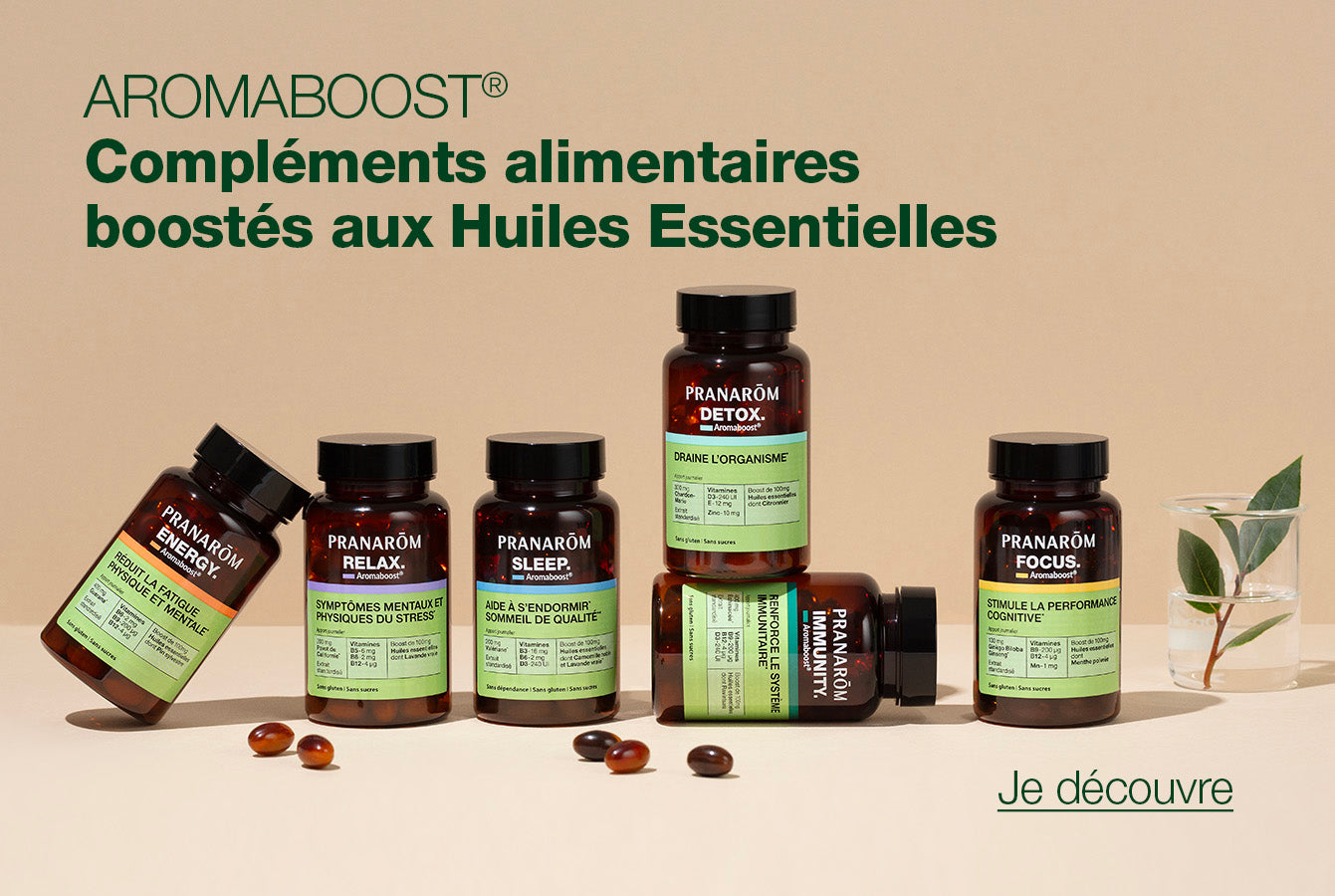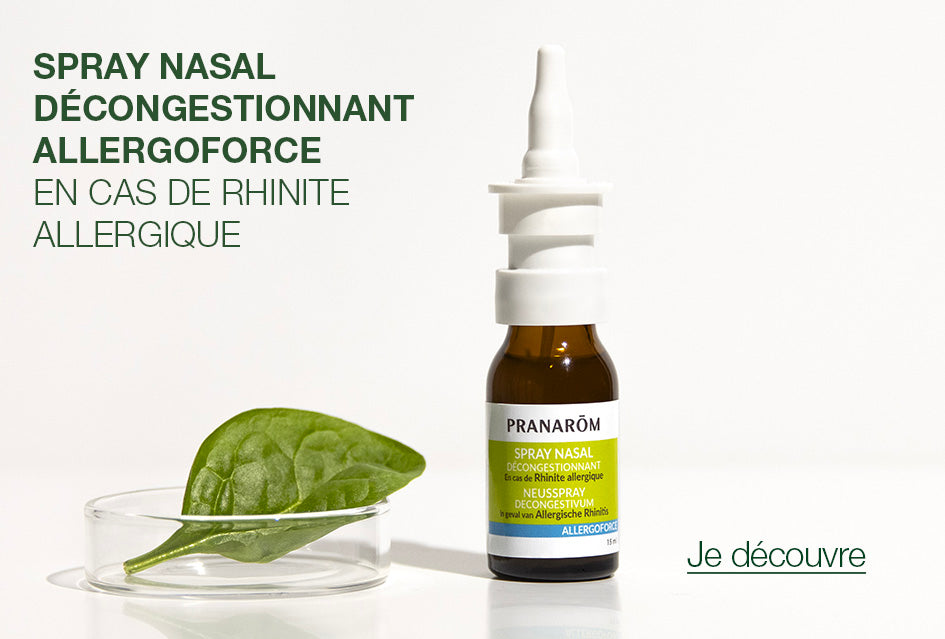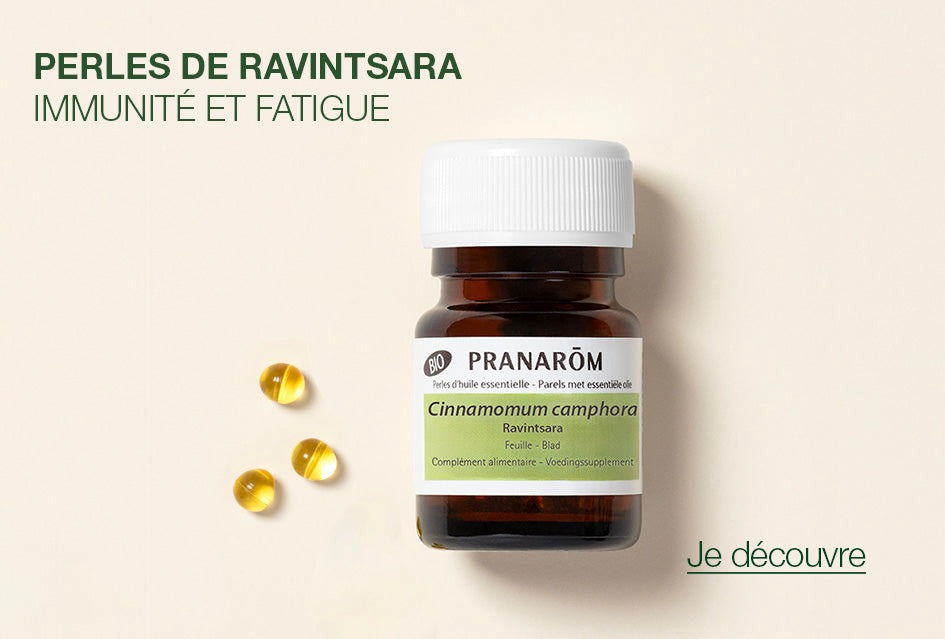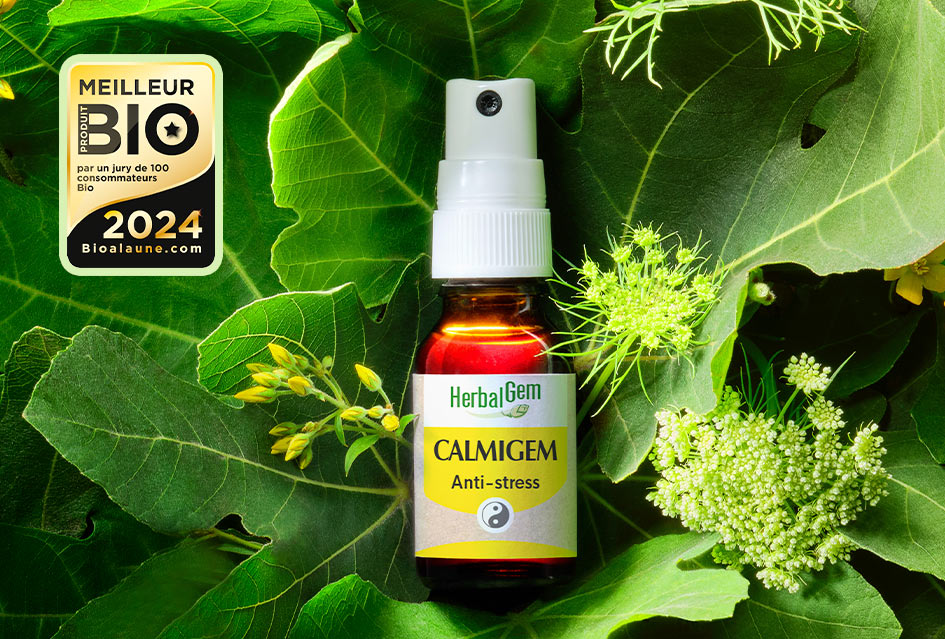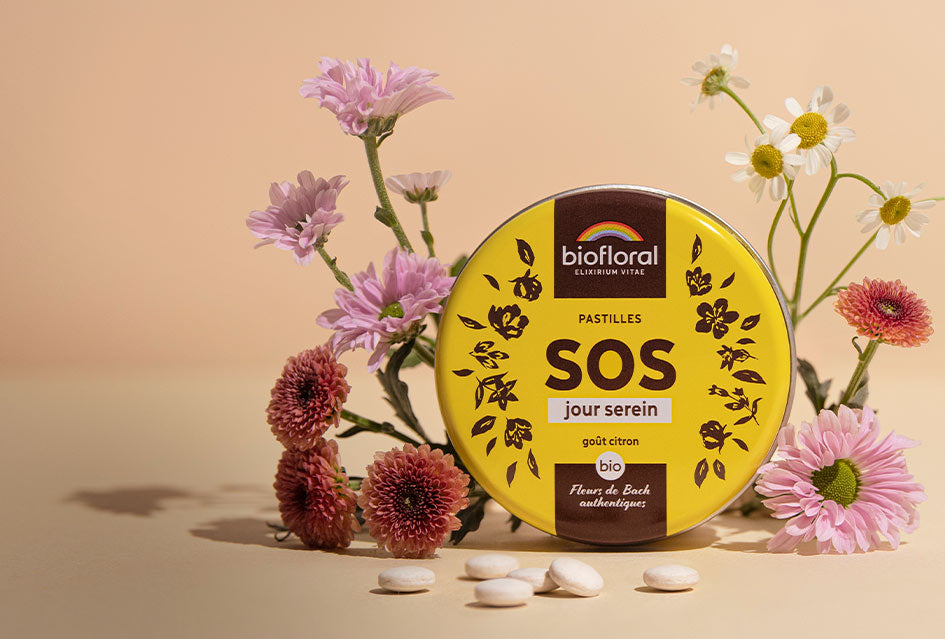Nowadays, the demand for a reduction of chemical pesticides use is growing. In parallel, the development of alternative methods to protect crops from pathogens and pests is also increasing. Essential oil (EO) properties against plant pathogens are well known, and they are recognized as having an interesting potential as alternative plant protection products. In this study, 90 commercially available essential oils have been screened in vitro for antifungal and antibacterial activity against 10 plant pathogens of agronomical importance.
- TYPE DE SOLUTIONS
- Best-Sellers
- Solutions prêtes à l'emploi
- Compléments alimentaires
- Huiles Végétales
- DIY / Coffrets
- Perles d'Huiles Essentielles
- Diffusion
- Hydrolats
- Livres
- Voir tout
- NOS GAMMES
- Aromaboost® - Nouveau
- Allergoforce
- Digestarom
- Aromalgic
- Oleocaps +
- Aromapic
- Aromaforce
- PranaBB
- Voir toutes les gammes
- VOS BESOINS
- Allergies
- Digestion et transit
- Articulations et muscles
- Confort circulatoire
- Immunité et Bien-être
- Piqûres et insectes
- Bébé et maternité
- Confort urinaire
- Respiration et ORL
- Dépendances
- Voir tous les besoins
- PRANARŌM
- Le laboratoire Pranarom
- Recherche scientifique
- LA SCIENCE DES HUILES ESSENTIELLES
- Distillation des Huiles Essentielles
- Les Huiles Végétales
- Les Hydrolats
- Diffusion d'Huiles Essentielles
- LE GROUPE INULA
- Notre raison d'être
- Nos engagements


